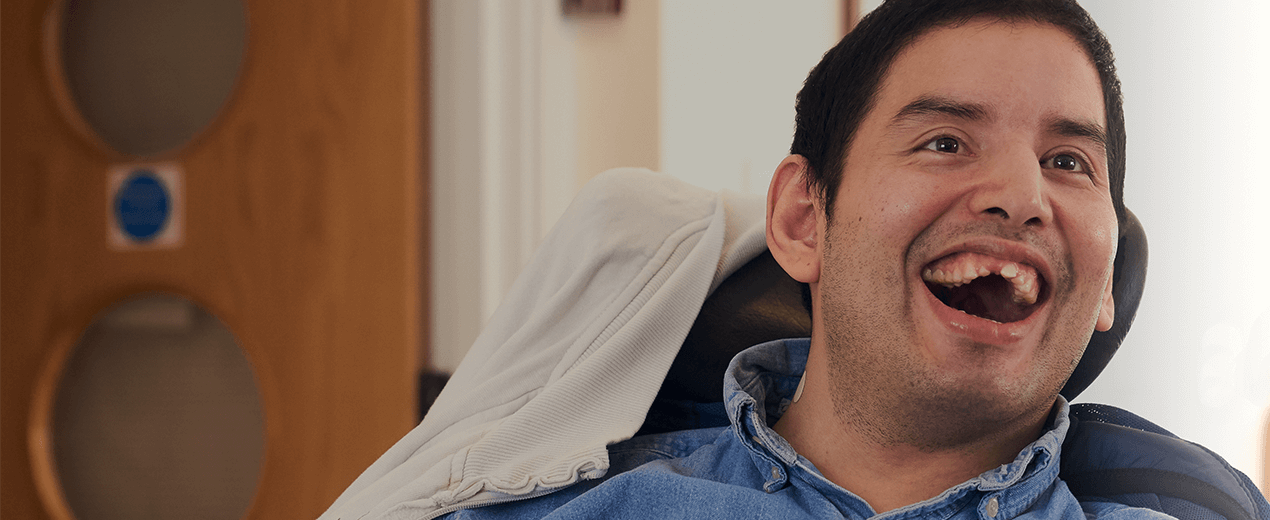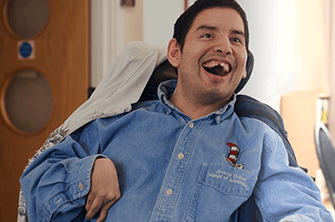More details about making your healthcare buildings accessible
We asked disabled people and their carers about the accessibility of their primary healthcare buildings. The data is strong and this report shares a number of recommended changes that can be made to existing and new primary healthcare buildings. Buildings such as GP surgeries, dentists and clinics.
The research was commissioned by Assura PLC – Assura are a company who build and manage primary care buildings across the country and we will continue to work with them to make sure changes are made.
#MyGPandMe Building Better Together is an insight into what disabled people experience in primary care settings.
We focus on how the building and environment impact on the people receiving health services, and the relevance of physical space to health inequalities experienced by people who have a disability.
Our report finds 4 key themes
Independence, choice and control

Healthcare buildings must not increase an individual’s dependence on others. Just 22% of disabled patients feel independent in health centre environments.
Signs, ramps, railings and doors were found to be of significant importance for disabled patients navigating the building, without needing more support than they would elsewhere.
In fact, only 18% of those who support someone felt the person can understand the signs in their surgery and only half of disabled people said they can understand the signs.
Respondents also told Dimensions that automatic doors are essential to move around independently and reduce the need to rely on others.
Dignity

Requiring assistance, lack of privacy and unsuitable toilet facilities can impact patient dignity.
Less than half of respondents felt toilet facilities in primary care met people’s needs and Changing Places facilities were highlighted as an important adjustment, where possible.
Respondents also said that high reception desks are a significant barrier to dignity, especially for people in wheelchairs. The distance between people can mean a high-volume conversations about private health matters.
For many, anxiety from the undignified start leads to poorer outcomes from the appointment itself.
Feeling relaxed

Décor, lighting, noise levels and waiting room layout were all highlighted as factors that affect how people feel when visiting their healthcare building.
Environments can either be too clinical or too busy. Both create a stressful atmosphere with over a third of disabled respondents saying they felt stressed in their primary care setting and almost 45% felt worried.
Meanwhile, almost half of those who support people to go said they felt stressed and 55% think the person they support felt stressed.
Customer service and patient care

Environmental stressors are made worse when patient care isn’t supportive or respectful.
Respondents told Dimensions that the skills, knowledge, training and attitude of people working in primary care is important.
They explained that issues in their primary care building make it even more important that staff understand their needs and supporting their independence and dignity can help mitigate some of the negative environmental factors.
The impact of Covid-19
The global pandemic has seen healthcare provisions change overnight, proving that adjustments can be made quickly.
While some could remain permanent after the pandemic, they must be appropriate for everyone.
Respondents to the survey told Dimensions that in-person appointments are still very important and, while virtual consultations work for some people, they’re not well-suited for annual health checks or for people who do not communicate with words.

It's important that people with disabilities see this report and have the confidence to ask for better in their primary care settings.
Our report recommends
Flexibility
Buildings should be designed to offer flexibility, including the ability to change the space with wall partitions and screens; to adjust the sensory environment and enable technologies that assist people.
Involvement
People who have disabilities should be involved in planning and design processes and in renovation in primary care settings to provide insight from their lived experience.
Regulation
Accessibility and the suitability of the built environment should be considered within the existing inspection regime and viewed as an essential part of understanding patient care.









